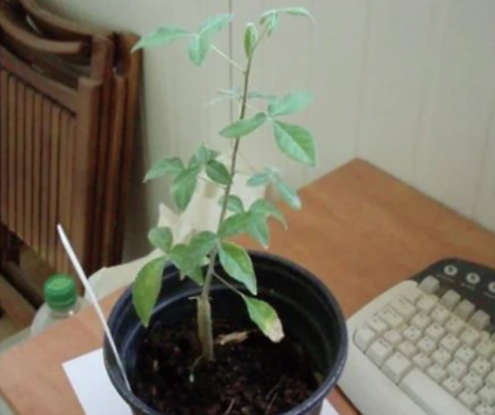In an unprecedented fusion of botany and archeology, scientists have achieved a remarkable feat by germinating a tree from a seed thought to be over 2,000 years old. This astonishing endeavor, transcending conventional plant propagation techniques, has captivated the scientific community and piqued public curiosity regarding the historical and ecological implications of such a discovery.
The seed in question, unearthed from the arid expanses of the Judean Desert, represents a unique genetic lineage that has remained dormant for centuries. Researchers from various disciplines meticulously extracted the seed from its ancient matrix, undertaking rigorous preservation methods to ensure viability. The successful germination of this ancient seed not only breathes life into a long-lost species but also challenges our understanding of seed longevity and resilience in extreme environments.
As the tree begins to flourish, it opens a window into the past, illuminating a narrative of botanical diversity that has largely faded from contemporary ecosystems. Ancient trees, such as the one cultivated from this seed, were once integral to the landscapes they inhabited. They provide invaluable insights into historical climate conditions, soil quality, and the interplay between flora and fauna. Therefore, understanding the characteristics of this resurrected tree could yield significant knowledge, contributing to conservation efforts and efforts to combat climate change.
This breakthrough also stirs philosophical inquiries about the reclamation of lost biodiversity. In an era where species extinction looms large, scientists are exploring the ethical considerations surrounding ‘de-extinction’ technologies, which shift the focus from mere conservation to an active restoration of ecological integrity. By nurturing genetic lineages that have stood the test of time, researchers grapple with the implications of reintroducing ancient species into modern ecosystems that have evolved significantly since their disappearance.
The ramifications extend beyond ecological merits; there is potential for cultural and historical reverberations. The seed, believed to belong to a tree mentioned in biblical texts, reinvigorates discussions surrounding ancestral ties to flora and the roles these plants have played in human civilization. A growing body of evidence suggests that trees serve as both a living testament to our past and a beacon for future sustainability initiatives.
In conclusion, the successful growth of a tree from a 2,000-year-old seed is not merely a scientific marvel but a profound journey that reshapes our perspective on time, biology, and our custodianship of the natural world. As curiosity continues to burgeon around this astonishing event, researchers will undoubtedly delve deeper into the myriad questions it raises about the resilience of life and the ethereal connection between ancient and modern ecosystems.
